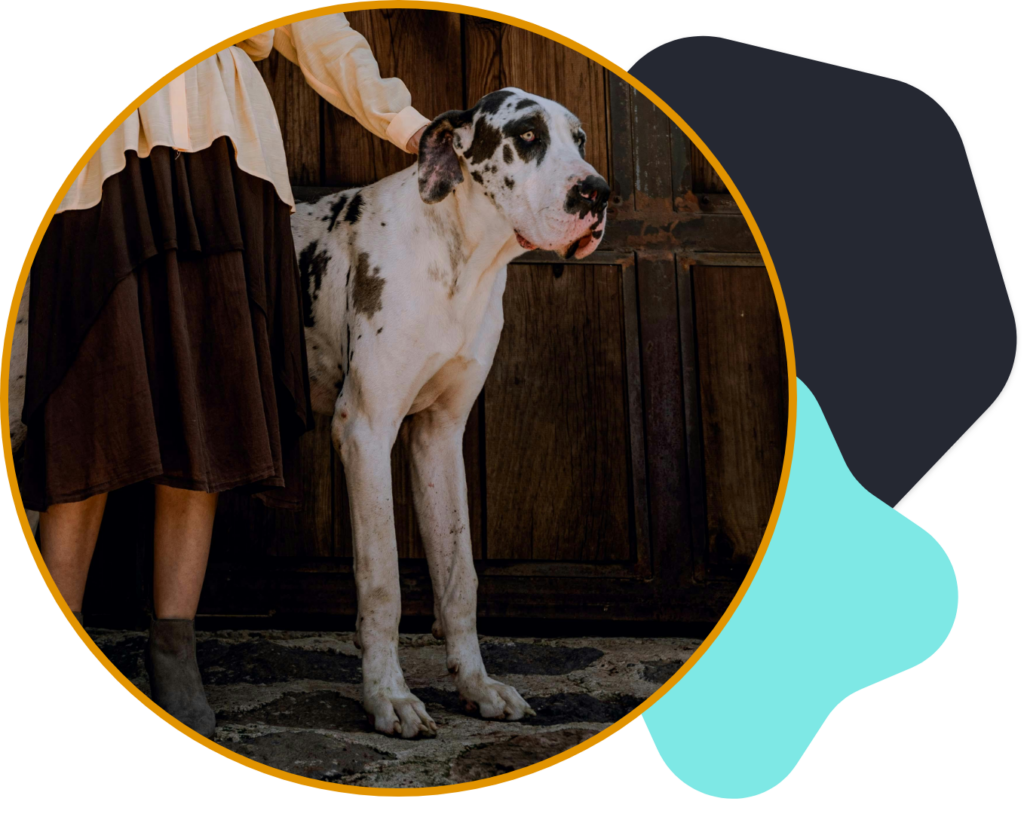Caring for Custom Software: Why It Ages Like a Dog

In the world of custom software development, there’s a metaphor we like to use: custom software ages like a dog. Much like our loyal canine companions, software requires consistent care and attention to ensure it remains functional, efficient, and reliable over time. The larger and more complex the software, the more demanding its upkeep becomes. We all love our pets so of course we walk them, give them love and affection, and have them regularly checked by a professional who’s as committed as we are to their long term health.
Let’s explore why custom software needs this continuous nurturing and the implications of neglect.

Understanding Software Aging
Just as dogs experience approximately seven human years for every calendar year, custom software seems to age at an accelerated rate compared to other assets. This rapid aging is driven by several factors:
- Technological Advancements: The tech landscape evolves rapidly, with new programming languages, frameworks, and tools emerging regularly. Software that was cutting-edge a few years ago can quickly become outdated if not actively maintained. In the last half decade we have seen the emergence of brand new frameworks that suddenly become not just dominant but almost required usage. There’s a need for all applications to have a mobile presence. We also see the emergence of paradigm shifting pieces of hardware and software like AI and Augmented Reality.
- Changing Business Needs: Companies grow and evolve, and their software must adapt to new requirements, processes, and goals. Failure to update software accordingly can lead to misalignment with business objectives. We saw in the early days of 2020 companies suddenly and desperately figuring out how to move in person transactions to ecommerce, and switching workforce interactions to remote platforms. Business changes can be abrupt or gradual but the one thing we know is they WILL happen.
- Security Vulnerabilities: As software ages, it becomes more susceptible to security threats. Hackers continuously develop new methods to exploit vulnerabilities, necessitating regular updates and patches to safeguard data and operations.Think about how often you hear people discussing cyber security measures like two factor authentication or the ever changing requirements of CAPTCHA without even realizing it. The truth is the hackers aren’t going anywhere and the best way to keep ahead of them is to be constantly vigilant.
- Performance Degradation: Over time, software and underlying architecture can suffer from performance issues due to accumulating technical debt, inefficient code, and increased user demands. Regular maintenance helps mitigate these issues, ensuring smooth operation. According to Google’s RAIL performance model web applications should aim for response to user in a 0 – 100 ms window. Within this window a user perceives the interaction as fluid and instantaneous. On the other end of the spectrum the research indicates that if an interaction takes over 10 seconds the task is likely to be abandoned.

The Larger the Software, The Harder It Ages
Large-scale custom software systems are akin to big dogs—they require more attention, resources, and care to keep them healthy. Here’s why:
Complexity
Large software systems often comprise numerous interconnected components, each with its own dependencies and potential points of failure. Oftentimes software of this scale has significant business intelligence needs that must pull data from multiple data sources. Managing these complexities at scale requires meticulous oversight and frequent updates to ensure all parts work harmoniously.
Integration
As organizations adopt new technologies and platforms, their software must integrate seamlessly with these additions. They may tie into CRMs like SalesForce or Hubspot. They often require ecommerce technology usually provided by a third party service like Stripe, Plaid, or PayPal. They can incorporate external systems for tools like AI chatbots or accessibility plugins. Large systems face greater challenges in maintaining compatibility and ensuring smooth data flow across various applications.
Dependency Management
Big software projects rely on numerous third-party libraries and frameworks. Keeping these dependencies up-to-date while maintaining compatibility is crucial to prevent security vulnerabilities and maintain functionality. However, managing and testing these updates in large systems is no small feat. Updates must be prioritized and executed across your digital product, and a watchful eye must be kept to ensure no conflicts have occurred. All of this work must be done by someone who has a deep understanding your product.
User Demands
With greater size often comes a larger user base with diverse needs and expectations. Ensuring the software can scale to meet increasing demand while providing a consistent user experience requires ongoing optimization and enhancements.
Consistent Upkeep: The Key to Longevity

We know that the best way to ensure longevity for our pets is to follow established care regimens like daily walks, premium food, and regular vet visits. To ensure custom software remains robust and valuable over time, it’s essential to embrace a proactive approach to maintenance and enhancements. Here are some best practices:
- Regular Updates: Schedule routine updates to address security vulnerabilities, improve performance, and incorporate new features. This prevents the accumulation of technical debt and keeps the software aligned with current standards.
- Monitoring and Testing: Implement continuous monitoring to detect issues early and conduct regular testing to identify and resolve bugs before they impact users.
- User Feedback: Actively seek and incorporate feedback from users to identify pain points, prioritize improvements, and enhance the overall user experience.
- Documentation: Maintain comprehensive documentation to ensure knowledge transfer and facilitate efficient troubleshooting and updates.
- Skilled Team: Invest in a skilled development and product team that understands the intricacies of your software and can provide the necessary care and attention it needs to thrive.
Conclusion

At Mile6, we recognize the importance of treating custom software with the same care and attention we would give to a beloved pet. By understanding that software ages rapidly and requires consistent upkeep, businesses can ensure their systems remain secure, performant, and aligned with their evolving needs. Embracing a proactive approach to software maintenance is not just an investment in technology—it’s an investment in the future success and growth of the organization. So, let’s commit to the care and feeding of our software, ensuring it continues to serve us well for years to come. Now if you’ll excuse me I have to go walk Daisy and Libby.

Tim Haak
President & Founder
Tim Haak, Mile6 Founder, is an entrepreneur and internet veteran. In the mid-’90s, Tim began creating websites for local businesses in Central Pennsylvania. This was the birth of Mile6 in 1996. Tim brings innovation and compassion to everything he does. For over 25 years, Tim has successfully navigated tech landscape changes and the evolution of the workplace. As a day-to-day leader at Mile6, Tim keeps a firm pulse on team culture and client happiness. Tim is always approachable, always friendly, and always willing to engage with friends, family, and clients. Tim lives in Elizabethtown, PA with his wife and two daughters, and two dogs.
